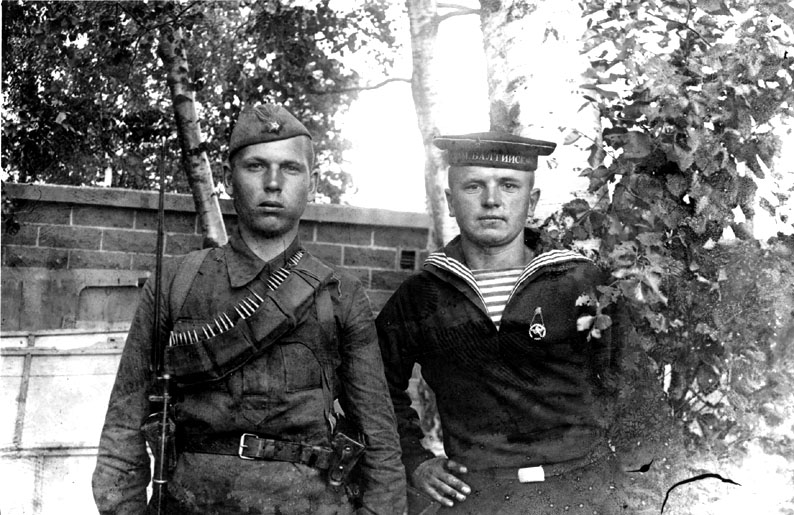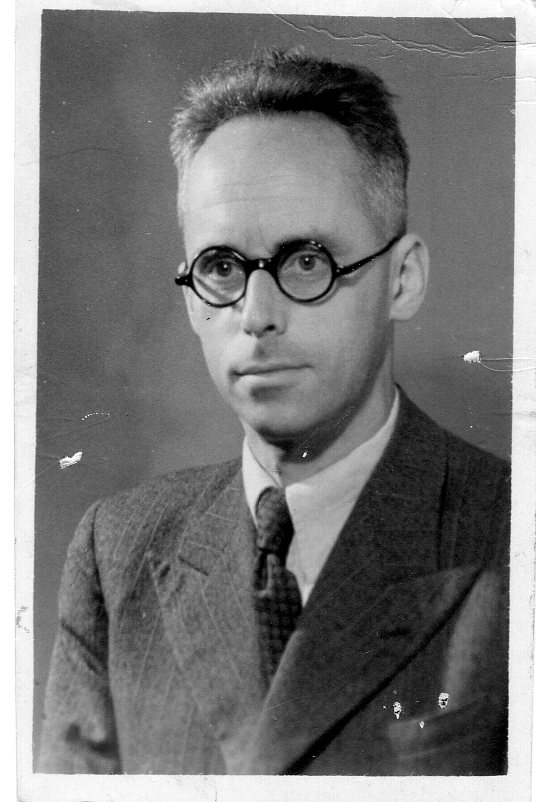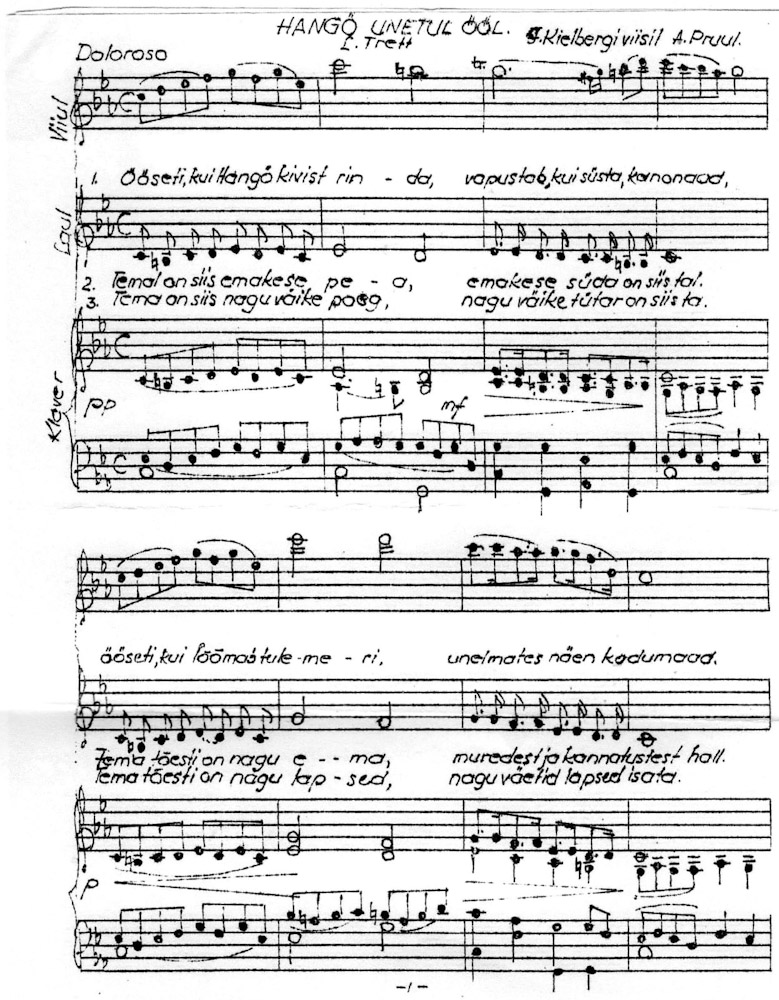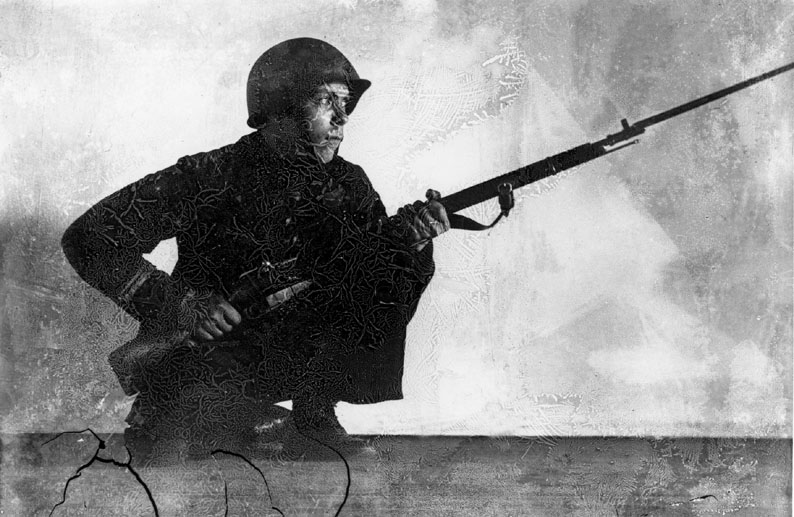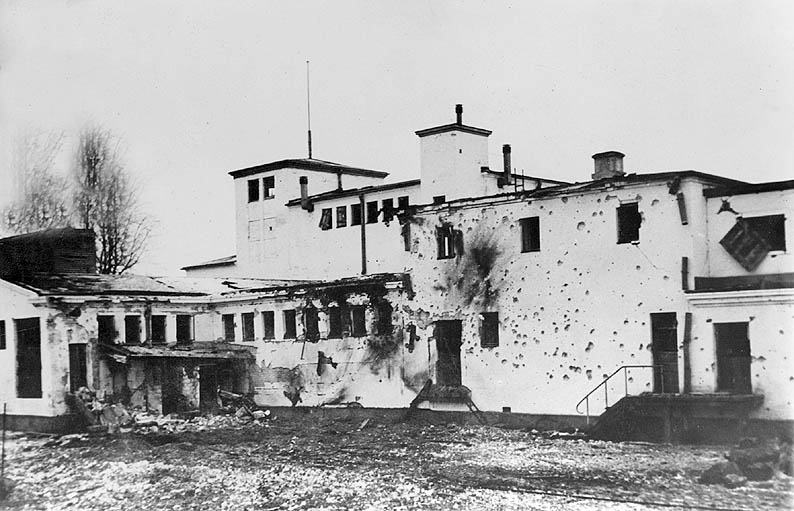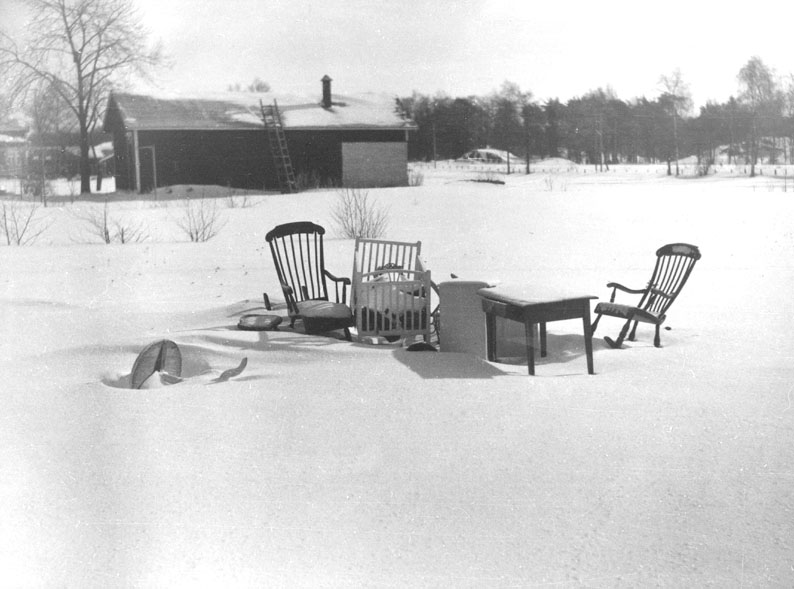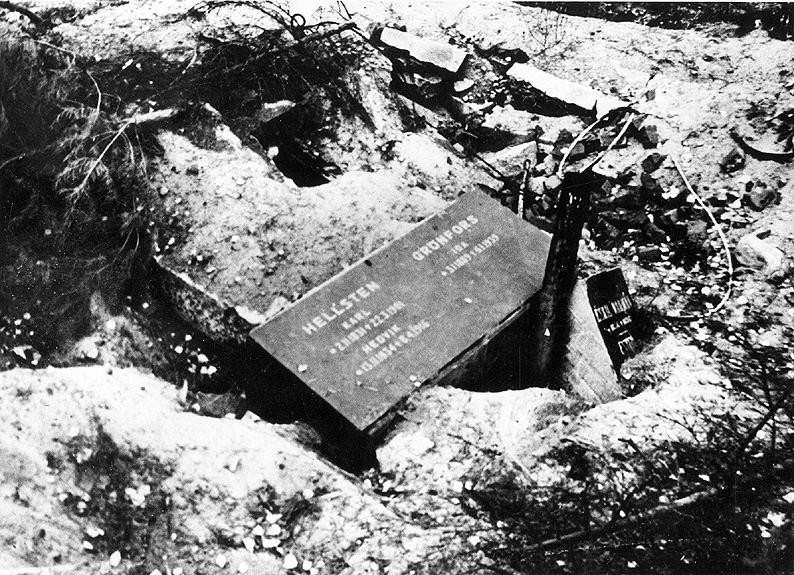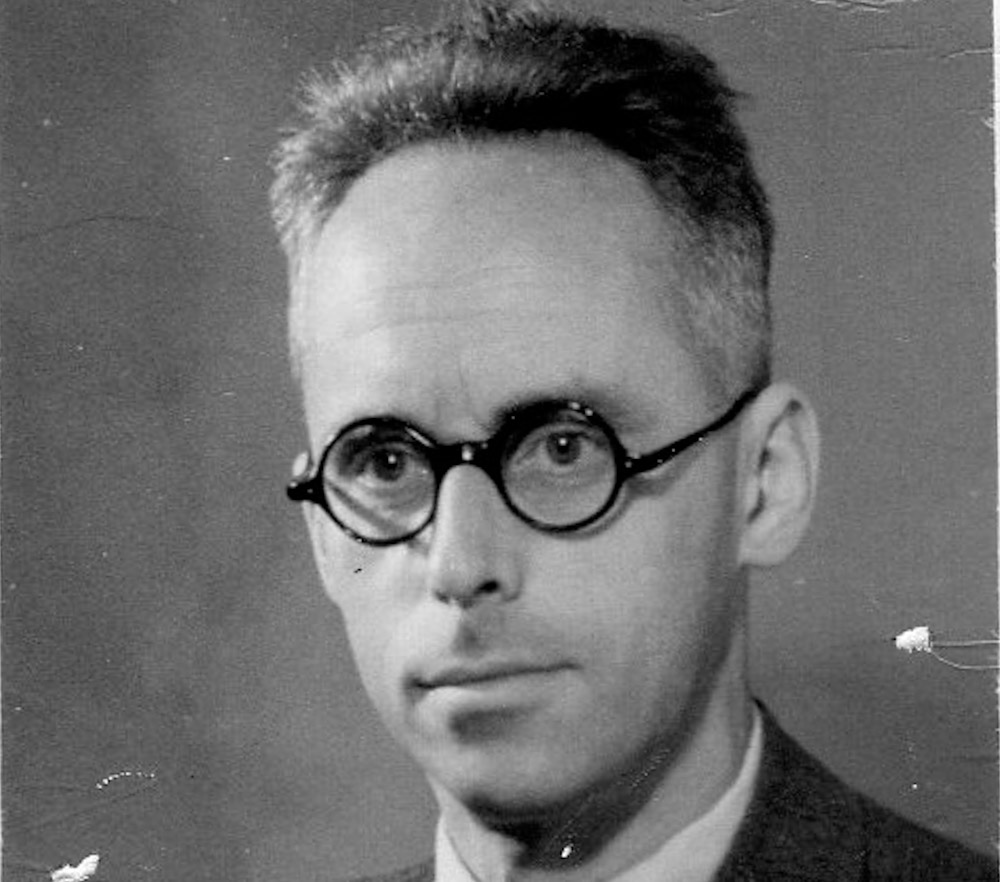
Four days before Germany conquered Tallinn on August 28, 1941, an Estonian lawyer and father of two small children, 36-year-old Leonid Tretjakevich (later Trett), boarded the Örne ship in Tallinn among 600 other Estonian men. There were no alternatives, for refusing to call the Red Army knew the death penalty. Leonid was stationed as an assistant to the artillery station on the West Bank of Hanko, in Varisniemi at Kappelisatama.
Around 25,000 soldiers served in the Soviet naval base in Hanko. Leonid was placed with four other Estonians as a gunner's assistant on the west bank of Hanko, in Varisniemi of Kappelisatama. He spent September with a battery of four cannons and lived in a dugout right near the cannon. The height of the dugout's interior was only 1.4 meters, so there was no room to stand there, there was a fireplace in the doorway, and couches surrounded the walls. When the Estonians asked why the lower dugouts were free, the answer was: "When it rains a lot, the water level in the dugout rises to the height of the lower dugouts, and if shards fly from the dugout's doorway, they hit the dugout."
The position of the Estonians weakened even more when information arrived at the Hanko base that some Estonians had defected to the Germans in their homeland. It was rumored that the Germans had been received with flowers in Tallinn. At the beginning of October, all 600 Estonians were transferred from military duties to construction work. They were accommodated in Hankon Keks and Hankon Elo buildings, which still exist today. Among the men, there were organists who were obliged to report on the prisoners' attitudes, speeches and expressions. Leonid was also considered suspect for the reason that he spoke German. When the Estonians disappeared, Leonid surmised that they were probably executed as untrustworthy persons.
Leonid's task was to build a new ammunition depot and collect protective stones for the roofs of the dugouts. At Hanko's old cemetery, he saw how tombstones were also used to build fortifications. On rainy days, Soviet propaganda lectures were held in the space at the base of the cannon.
At the beginning of November, the Estonians were ordered to load food and weapons onto the ships. The Soviet Union began to withdraw from Hanko, and Estonians were worried about their own security.
This is how Leonid describes the mood of the last day of the occupation:
The work was very heavy and tiring, because there was always a rush to work faster. At the end of the pier, Russian soldiers threw cartridges, lighters and various ammunition into the sea. The barge, which had been loaded to the brim with flour and other foodstuffs the day before, was sunk but could be seen at the bottom. During the night, sacks of flour had been thrown into the sea, which had turned into white porridge and the rocks were covered with flour. –. When we returned for lunch, we could hear the marines smashing the optical equipment of the lighthouse with axes. –. We were ordered to throw the food on the pier into the sea. The lard and butter packets had to be broken first, the flour sacks cut open and the macaroni packets crushed. The Russian soldiers watched with hungry eyes how the waves swallowed the lard barrels, how large quantities of macaroni, salt fish, pepper, canned goods, soap, tomato paste, flour and other food supplies flew into the deep water. –. It was already getting dark, so due to the rush, there was no time to break the packages. All the goods on the pier were thrown into the sea.
POW Leonid Trett
Leonid prepared a small party with a couple of his compatriots to celebrate the 3-month anniversary of their arrival in Hanko on 26.11. Leonid compiled a satirical account of their antics in Hanko so far and composed the poem Sleepless Night in Hanko, which was composed by the Estonian violinist August Kielberg. Everything was ready up to the permits, but on the day of the celebration, the Estonians were divided into goats and sheep. Rumors had been heard in advance that the reliable men would be transferred to Leningrad and that the fate of the others was unclear. The Finns arrived in Russaröh on December 4. when all the Estonians were captured and transported to the fortress island of Örö, where they were interrogated until the journey continued to the Mustio POW camp. Leonid wrote a letter to President Ryt, in which he told the story of his companions in fate. Around the New Year, almost all of them were returned to Tallinn.
Text: Ilkka Linnakko and Sampsa Laurinen.
Photos: Hanko museum.
Sources: Alexander Ishchenko, Ilkka Linnakko, Pekka Silvast, Simo Silvonen: Hanko motti, Hanko world map association, 2017.

This story has been produced with the support of the Svenska Kulturfonden.

